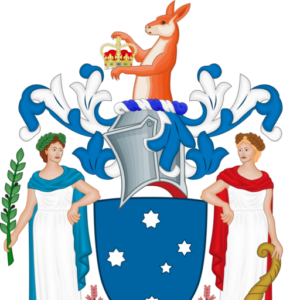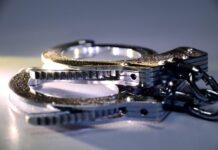Throughout the suburbs in cities and towns nationwide, National Broadband Network (NBN) services are distributed to homes and other premises by the old, now repurposed, hybrid-fibre-coax (HFC) network, as well as by the now repurposed twisted-pair telephone network.
The coax portion of the HFC network is a 70-ohm coaxial cable system, having bidirectional amplifiers at intervals to maintain signal levels.
To service connection to homes and other premises, an in-line junction box provides a tap point for a light coax cable “drop” to the house.
There, the modem that enables PC and TV connection terminates that coax line to the premises.
When a home or other premises are disconnected from the HFC-provided
services, the drop cable is sometimes just cut and taken back to the street pole, where it is wound up and left on the roadside nature strip.
Apparently, this sometimes happens when homes are demolished for repurposing the land.
Unterminated coax is an antenna, as RF [radio signals are] impinging on the coax cable outer conductor [which] induces a current that then flows into the internal portion of the line, conveying the passing RF into the [NBN] network.
Proper practice is to remove the coax at the junction box and attach a terminating connector.
An NBN service technician learned a salutary lesson or two when he went to investigate interference to the HFC services in a Melbourne neighbourhood recently, as our correspondent [amateur and journalist Ashley Geelan, VK3HAG] tells the tale in later pages.
In addition, those dangling, unterminated coaxes will also radiate signals from the HFC network, adding to the RF fog that now bathes our urban habitat.
This editorial was originally published in Amateur Radio, Vol.92, No.5, Sep.- Oct. 2024, p.4, Wireless Institute of Australia (WIA).
Roger Harrison, VK2ZRH, is the current editor of Amateur Radio. You can read more about Roger, and his bio, here.






























